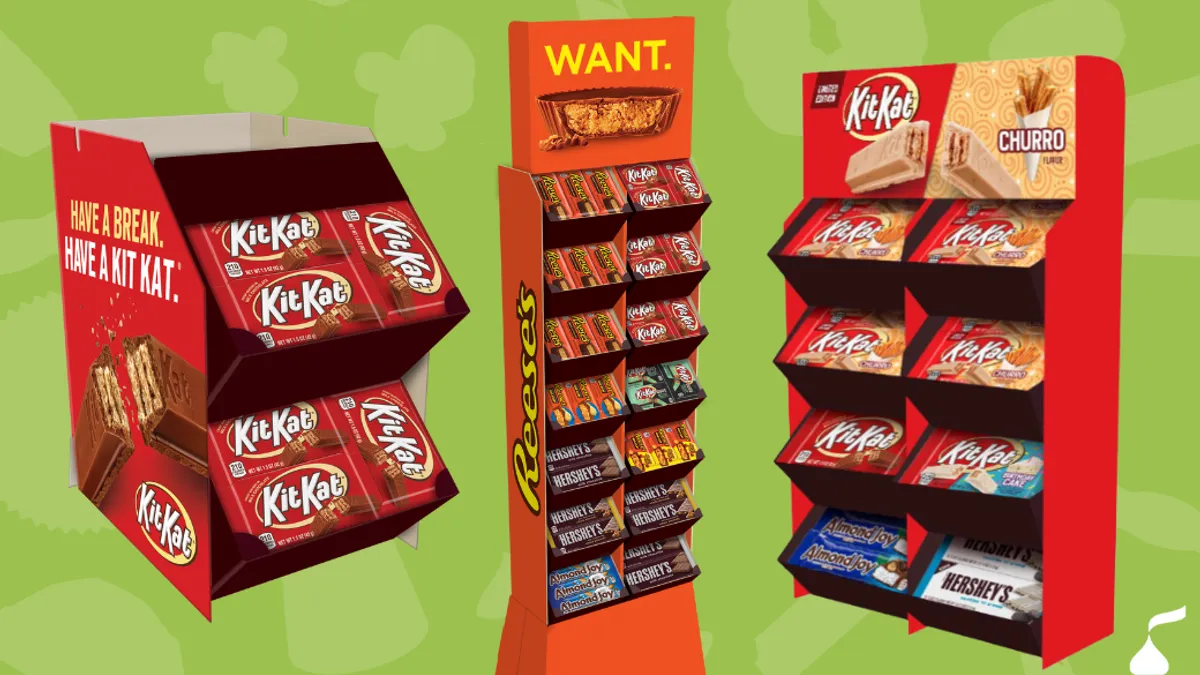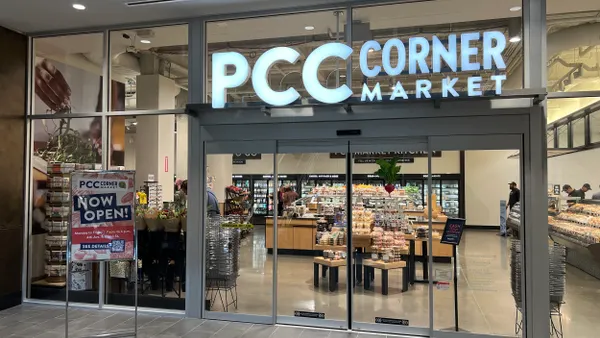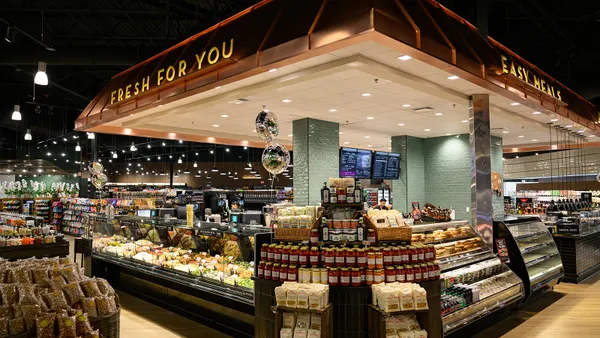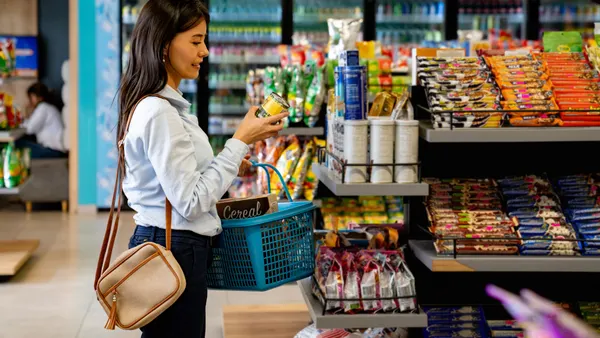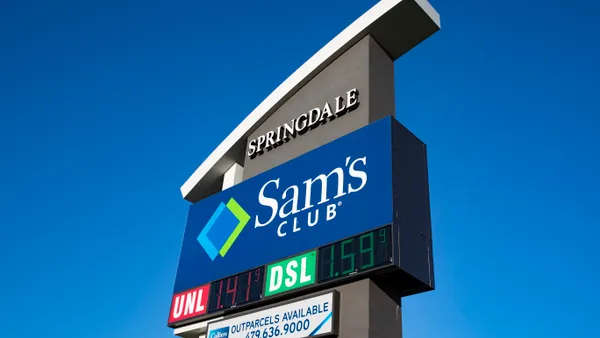One-size-fits-all solutions aren’t always the best option. Today, technology allows for tailored designs that meet a customer’s distinct needs. At The Hershey Company, digital technology and automation are changing how we manufacture merchandising displays. Whereas in the past, we might make hundreds or thousands of identical displays to send retailers of varying sizes across the country, we’re now rolling out customized displays that hold the right mix of products at the right volume for the right store, enabling a retailer to sell even more of what its consumers want, while minimizing waste. We call this “agile fulfillment,” and we believe it’s the way of the future.
Displays: doing more with less
In recent years, we’ve seen the retail landscape change. On average, grocery stores have lost ten displays across the entire store since 2017, and the pandemic has further accelerated that decline1.
With less display space, we’re all learning to do more with what we have. Our agile approach allows us to meet the needs of retailers of all sizes, with maximum flexibility built in.
Here’s how: We designed a system of modular building blocks that are all the same size and can be pieced together quickly and efficiently by robots. Those blocks can fit into various display structures we build, from compact counter units to front-of-store stand-alone units. Because robots also pack the modular boxes, the final displays can be customized in both count and brand to meet each customer's unique needs.
That’s a big difference from traditional displays, which use the everyday shelf boxes of different sizes and typically 36 bars. So, whereas a conventional display might include six or eight brands in 36-count boxes, an agile display could hold 10 to 12 different brands with box counts ranging from 12 to 36 each, depending on the volume a particular customer typically sells. If a customer sells a lot of Reese’s items, it can opt for a higher -count, and if it sells fewer YORK Peppermint Pattie it can opt for a lower count; the same goes for all the other brands in the display. This customization means a retailer can have more variety but less inventory. Plus, the format is eye-catching and easy to shop for consumers. That’s a win all around.
Timing is everything
Our agile fulfillment innovation is rolling out at the right time. But it’s been years in the making. Digitally integrated manufacturing has been building momentum at The Hershey Company for more than ten years. In 2019, we began piloting these particular displays. At the same time, we’ve been studying how effective they are: on average, we’ve seen a 5 to 10% increase in sell-through with an agile display compared to traditional models. The agility allows stores to order only what they need, and our digitized systems also allow for enhanced traceability, resulting in advances in food safety and product quality.
We’re still in the early days of realizing the full potential of physical and digital automation. Even as this latest offering rolls out, we’re working on technologies that will allow us to integrate even more insights and projections that will further tailor our displays and allow Hershey to bring them to market months faster than we do today!
For now, we’re excited to introduce more retailers to these reinvented displays. Because we know that in today’s retail reality, where resources like space and time are limited, we must develop creative solutions that meet customers and consumers where they are. With agile merchandising, we can do precisely that.
Learn more about Hershey’s retail expertise.
References
1Source: IRI Syndicated Data; Total U.S. Grocery; Total Store Display Audit; Average Weekly Number of Displays per Store, including all stores; 2020 excludes pandemic weeks w/o collection; 52 WE 10/9/22

